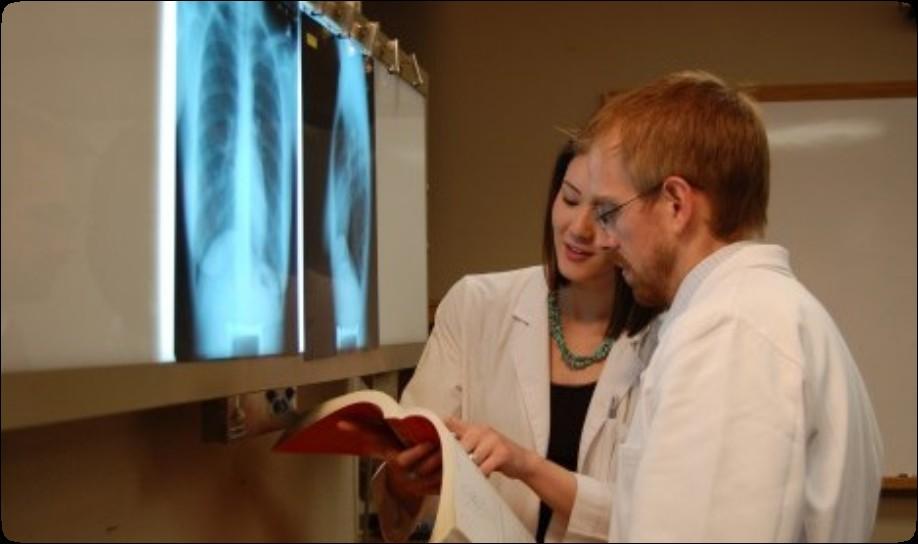How to Create a Learning Environment that is Active, Challenging, & Supportive
 Linda L. Carr, Ph.D. CEO, Faculty Ed Solutions, LLC
Linda L. Carr, Ph.D. CEO, Faculty Ed Solutions, LLC




Know Do

Learning Objectives


• The learning environment needs to be challenging, yet psychologically supportive.
• Students need to be “actively” involved in providing patient care.
• An “inkling” about the kind of learning experiences you provide.
• Curious to see how you can capitalize on preceptor role modeling.

• Create a challenging but supportive learning environment in your office.
• Promote active learning by the student.
• Capitalize on preceptor role modeling.
Feel
How do you make learners feel comfortable in your practice environment?

Final evaluatio n?
eMid-pointvaluation?
First day? Everyday?

Characteristics of a Supportive Learning Environment

Supportive
Flexible
① Openness and Honesty ②
③
④
⑤
Adapted from Westberg J, Jason H. Collaborative clinical teaching. New York: Springer Publishing, 1993:91-3.
Mutually Trusting
Mutually Respectful
Tips for Creating a Supportive Learning Environment

① Learn your trainees’ names.
② Ask your students what they think.
③ Spend informal/casual time with your learners.
④ Share personal information about yourself with your learners.
Family Practice Faculty Development Center. Preceptor workshop materials. Waco, TX: Family Practice Faculty Development Center, 1998.
Tips for Creating a Supportive Learning Environment, cont.

⑤ Make eye contact and use an open posture when speaking.
⑥ If you can’t address your students’ questions when they are presented, make a verbal appointment and discuss later.
⑦ Recognize that trust and mutual respect build over time.
Family Practice Faculty Development Center. Preceptor workshop materials. Waco, TX: Family Practice Faculty Development Center, 1998.
Well-defined roles?
How do you involve students actively in your practice?


iActively nvolved?
Early patientcontact?
Increasing levels of responsibility?
Suggestions for Making Learning “Active”
① Clarify the ground rules, ensuring that each learner has some specific responsibilities.

② When in an exam room, invite a reluctant learner to actively participate.
③ Ask your learner to read about specific patients and topics and discuss what they learned the next day.
④ Ask learners to justify their questions.
⑤ Use a variety of open-ended questions.
PEP2 Facilitator’s Module 5 (Teaching), p. 5.9.
Clinical Vignette

Observe how the preceptor assigns health education responsibilities to the student.

PEP2 Clinical Vignette 11
Capitalize on Role Modeling


Much of what we teach is communicated through modeling
Preceptor Role Modeling

Depending on what you model, students may learn either the formal curriculum or the informal curriculum.
Do you give “mixed” signals?
FORMAL CURRICULUM

INFORMAL CURRICULUM
PEP2 Facilitator’s Module 5 (Teaching), p. 5.11.

Enhance Role Modeling
Recognize what you are modeling.
Call attention to what you are modeling.
Label components of the model.
Share the rationale behind your approach.

Encourage discussion and practice.
Acknowledge uncertainty and respect differences of opinion.
PEP2 Facilitator’s Module 5 (Teaching), p. 5.12.
Clinical Vignette


Demonstrating Physical Exam Skills
PEP2 Clinical Vignette 12
Summary
① Create a learning environment that challenges students and yet supports students in decision making, taking risks and learning.
② Assign students a well-defined role which involves early patient contact and increasing levels of responsibility, engaging them actively in the work of the practice.
③ Capitalize on preceptor role modeling.

PEP2 Facilitator’s Module 5 (Teaching), p. 5.17.
Implement at least one of these ideas to create an active, challenging, and supportive learning environment in your practice.


LEARN – REFLECT - TEACH

What will you keep the same?
What will you do more of?
What will you do less of?
What will you stop doing?
What will you do differently & how will you do it?
What will you add?
 Linda L. Carr, Ph.D. CEO, Faculty Ed Solutions, LLC
Linda L. Carr, Ph.D. CEO, Faculty Ed Solutions, LLC
















